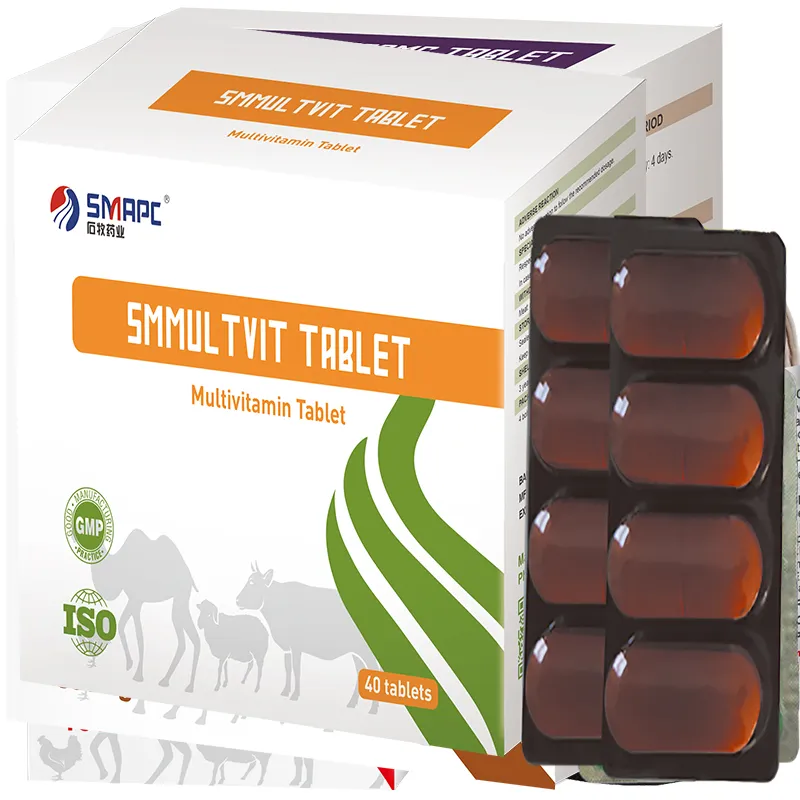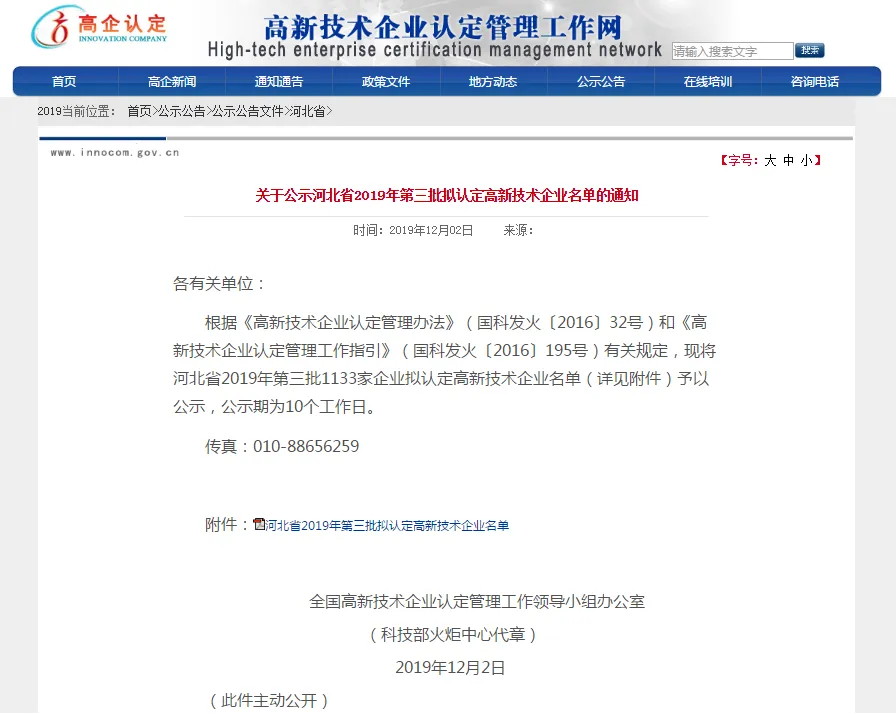Common digestive problems in dogs include diarrhea, vomiting, constipation, indigestion, and more serious conditions like pancreatitis or inflammatory bowel disease (IBD). Recognizing the symptoms early and understanding their potential causes can lead to better health outcomes for your pet.








